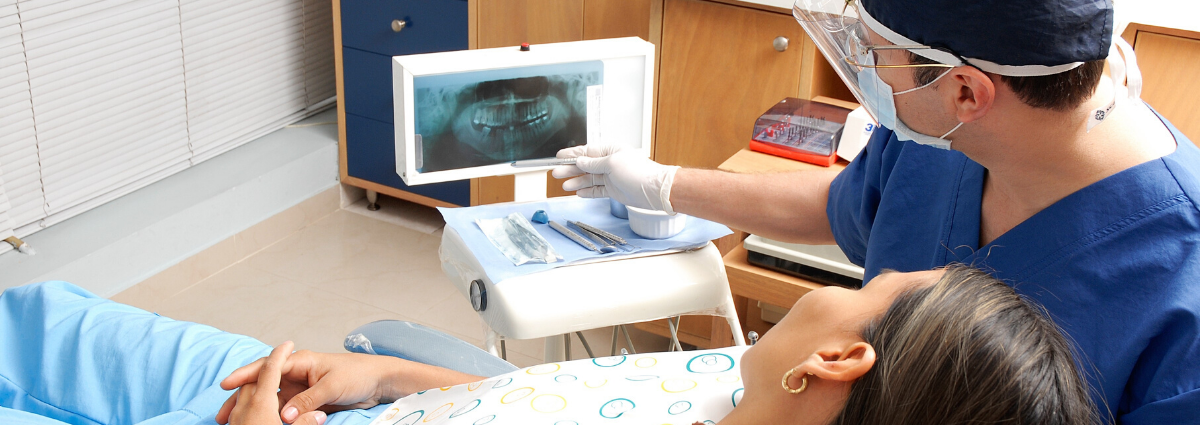
COVID-19 special guidance for dentists
Covid-19
Facemasks


Covid-19
Facemasks
Practices are under a legal obligation, under Control of Substances Hazardous to Health (COSHH), to adequately control the risk of exposure to hazardous substances where exposure cannot be prevented, including where a person may be exposed to public health hazard such as COVID-19.

The provision and use of personal protective equipment (PPE), including respiratory protective equipment (RPE), will protect staff, patients and visitors. Employees must make full and proper use of any control measures, including PPE, provided by their employer.
The selected RPE must be both adequate and suitable. General advice on the selection of RPE is covered in HSE guidance, the basic RPE principles are that it must:
The limitations of RPE
No respirator is 100% efficient. Recent research indicates that up to 50% of RPE used does not offer the assumed protection. Most common causes of RPE failure are leakage and incorrect donning.
Leakage occurs:
Incorrect donning:
Facemask fit-tests are essential to reduce COVID-19 risks
COSHH stipulates that RPE should be ‘face fit tested using a suitable method’ and HSE has given guidance on this in HSG52 and INDG479. The ‘British Safety Industry Federation’ (BSIF), alongside HSE, have also created practical guidance and in the form of the ‘Fit2Fit Companion’.
IOM offer formalised Fit2Fit training and fit-testing services to support the introduction of RPE in their workplace and ensure they are part of an internal RPE program.
It is a legal requirement that workers using tight-fitting respiratory protective equipment (face pieces/masks) are fit tested by a certified competent person such as those accredited by the BSIF on the Fit2Fit scheme which promotes best practice.
A dental professional can be appropriately trained and supported through practical mentorship in safely gaining experience & competency in performing facepiece fit testing. Dental professionals conducting fit-testing should seek independent advice from their indemnity organisation to ensure adequate, and suitable professional indemnity and employer’s liability cover is in place.
Fit-testers should be competent in:
As part of the fit-testing & training, the wearers are instructed on
It is the employer’s responsibility to ensure the suitability and adequacy of the RPE if sourced. Employees have a legal duty to use and maintain the RPE following the training and instruction provided and to report any defects or problems immediately.